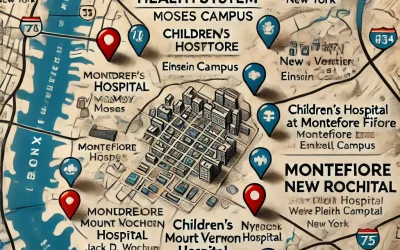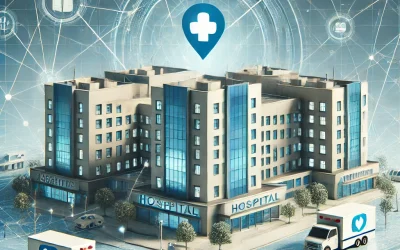In the complex world of healthcare billing, HCPCS codes are the Rosetta Stone, allowing healthcare providers to communicate with insurance companies. They’re not just random strings of letters and numbers but a meticulously organized system for categorizing and billing medical procedures and services. Let’s delve into the two-tiered structure of HCPCS codes and what they mean for providers and patients.
The Two Levels of HCPCS Codes
HCPCS Level I: The CPT Code System
At the heart of Level I is the Current Procedural Terminology (CPT), maintained by the American Medical Association. These five-digit numeric codes are essential for healthcare professionals and medical coders, as they’re used to document and bill for procedures and services provided to patients. While vital, they don’t cover every service or item, particularly those not typically provided by physicians.
HCPCS Level II: Filling the Gaps
Here’s where Level II codes come into play. Administered by the Centers for Medicare and Medicaid Services (CMS), these codes are alphanumeric, starting with a letter followed by four numbers. They’re used for billing a variety of items and services not covered by CPT codes, like durable medical equipment and non-physician services. They ensure that providers can bill for the complete range of care and equipment a patient might need.
Understanding Level II Codes
Each letter in the Level II codes serves as a category marker, helping coders to quickly identify the type of service or item being billed:
- A-Codes: Transport services and medical supplies.
- B-Codes: Enteral and parenteral therapy.
- C-Codes: Hospital outpatient payment system.
- D-Codes: Dental procedures (governed by the American Dental Association).
- …and the list goes on, covering everything from drugs (J-codes) to vision and hearing services (V-codes).
HCPCS vs. CPT
Though Level I HCPCS codes are essentially CPT codes, there’s an ongoing effort, known as CPT-5, to enhance and correct the existing system to meet evolving healthcare needs.
The Role of HCPCS Modifiers
Modifiers are crucial. They’re like footnotes to the main codes, providing additional details without altering the original code’s meaning. They can signify where on the body a procedure was performed or whether a service was provided in a unique situation.
Level I Modifiers
These are typically numeric and are often used to convey situations like separate evaluations (modifier 25) or when a physician only interprets a test result (modifier 26).
Level II Modifiers
These can be alphanumeric and might indicate specific locations like an upper left eyelid (E1) or a service performed on a separate organ (XS).
Real-World HCPCS Examples
- Level I: Code 90716 for a chickenpox vaccine.
- Level II: Code R0070 for portable X-ray equipment transportation.
HCPCS Codes and the No Surprises Act
The No Surprises Act requires providers to give Good Faith Estimates (GFEs) to uninsured patients. This act specifies that service codes, which include HCPCS codes, must be used accurately to predict charges on GFEs.
Example from CMS
Code 85027 is used for a comprehensive lab test. Even though there are individual codes for each test component, the GFE only needs to include the charge for 85027, simplifying the billing process.
Conclusion
Understanding HCPCS codes is essential for seamless healthcare billing and ensuring compliance with regulations like the No Surprises Act. As the healthcare landscape evolves, so too will the HCPCS system, adapting to provide clarity and consistency in the ever-changing tapestry of healthcare services.






